For an ideal gas consider only p -v wok in group in going from initial state X to the final state Z . The final state Z can be reached by either tby of the two paths shown in the figure.

( take ΔS as change in entropy and W as work done )
Which okf the following choice(s) is (are) correct ?
ΔSx→z=ΔSx→y+ΔSy→z
Wx→z=Wx→y+Wy→z
Wx→y=Wx→y
ΔSx→y→z=ΔSx→y
The correct Answer is:A, C
Work is shown by the area under the curve. S is a state function while W is not .]
Topper's Solved these Questions
- CHEMICAL THERMODYNAMICSBOOK - RC MUKHERJEECHAPTER - CHEMICAL THERMODYNAMICSEXERCISE - Problems
48 Videos
- CHEMICAL KINETICSBOOK - RC MUKHERJEECHAPTER - CHEMICAL KINETICSEXERCISE - OBJECTIVE PROBLEMS
51 Videos
- DILUTE SOLUTION AND COLLIGATIVE PROPERTIESBOOK - RC MUKHERJEECHAPTER - DILUTE SOLUTION AND COLLIGATIVE PROPERTIESEXERCISE - Objective problems
36 Videos
Similar Questions
For an ideal gas, consider only P-V work in going from an initial state X to the final state Z. The final state Z can be reached by either of the two paths shown in the figure. Which of the following choice(s) is(are) correct? [Take ΔS as change in entropy and w as work done]
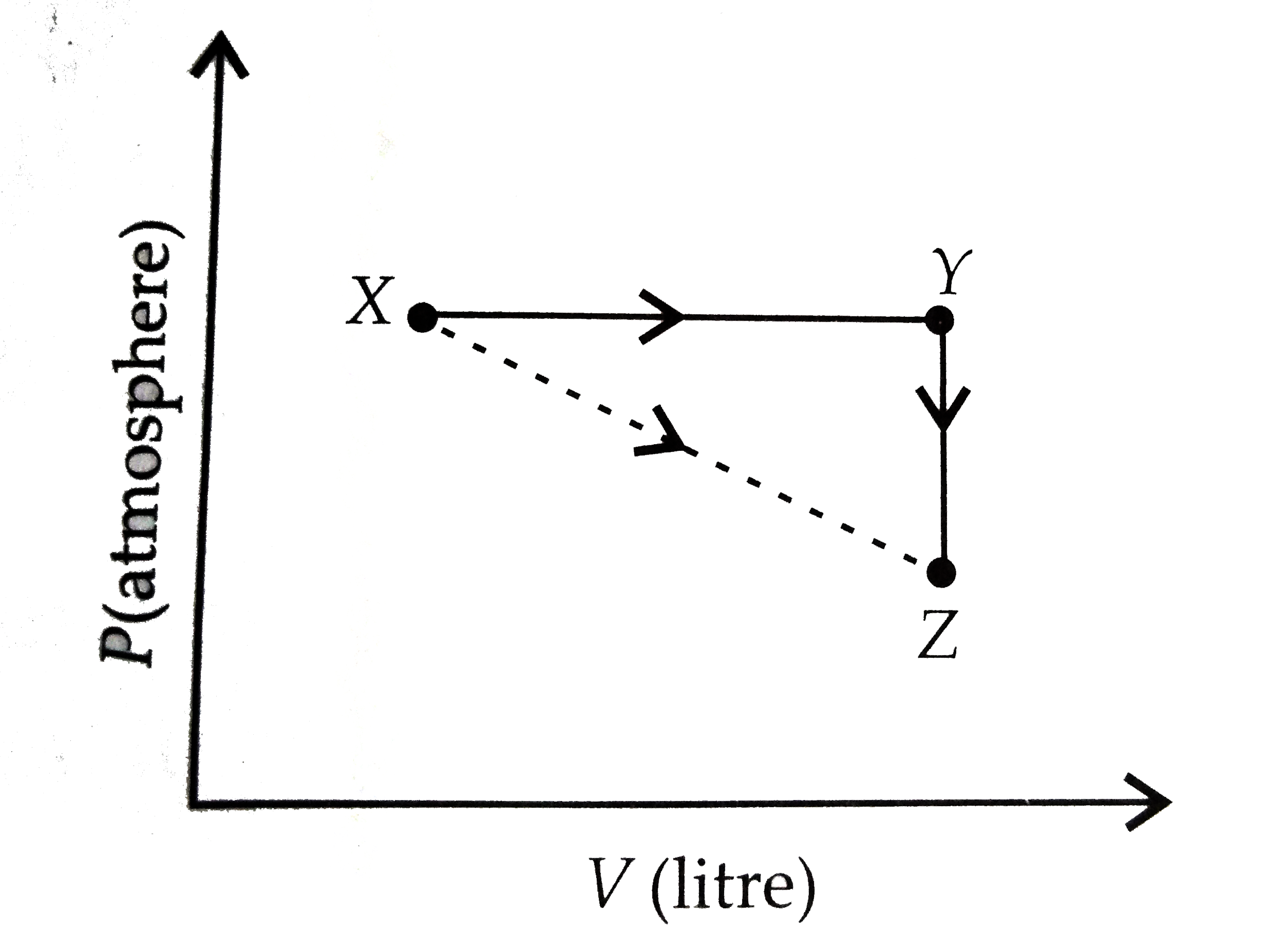
View SolutionFor an ideal gas, consider only P−V work in going from an initial state X to the final state Z. The final state Z can be reached by either of the two paths shown in the figure. Which of the following choice(s) is (are) correct? [Take ΔS as change in entropy and w as work done]
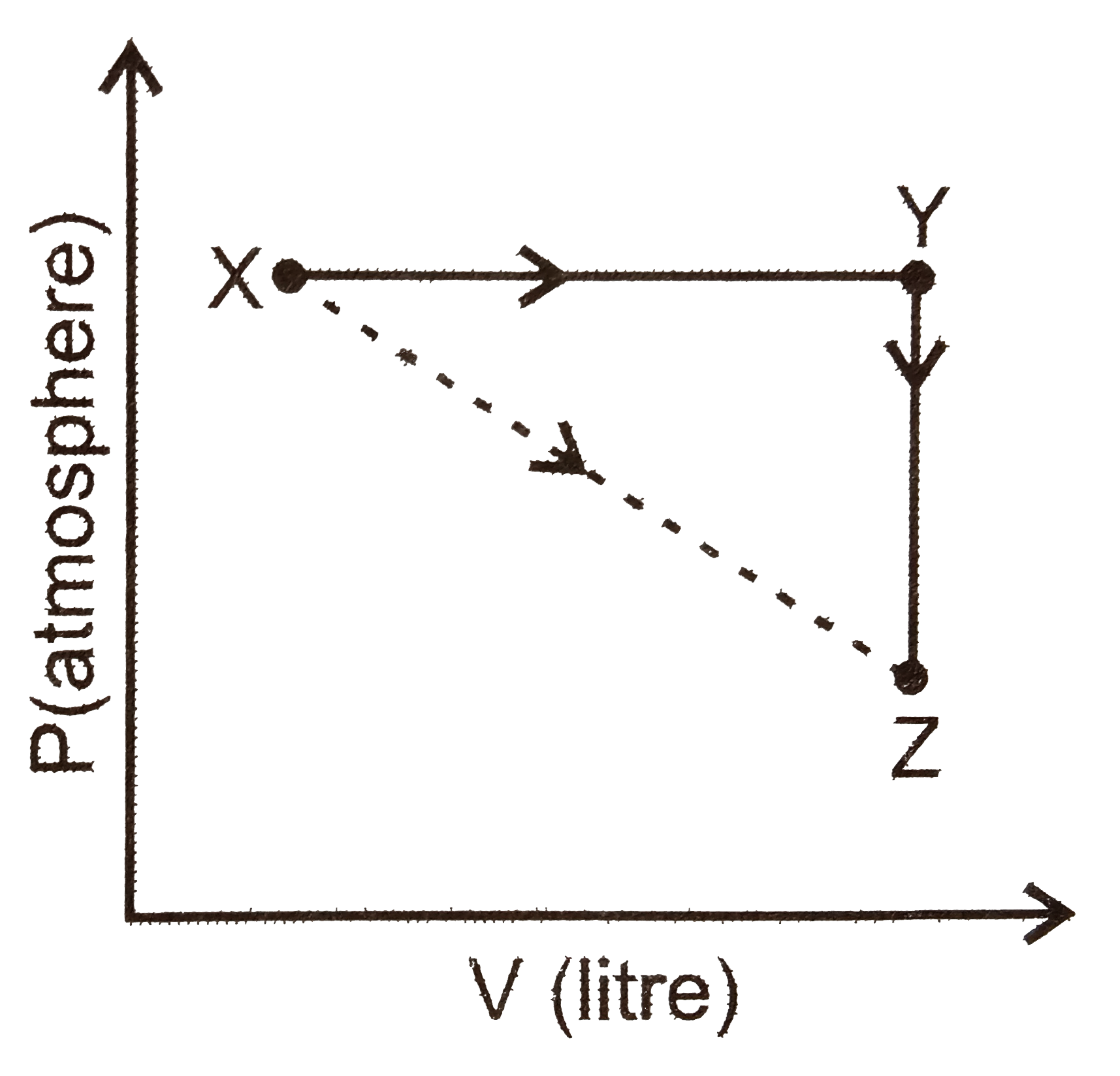
View Solution
Knowledge Check
For an ideal gas, consider only P−V work in going from an initial state X to the final state Z. The final state Z can be reached by either of the two paths shown in the figure. Which of the following choice(s) is (are) correct? [Take ΔS as change in entropy and w as work done]
 AΔSX→Z=ΔSX→Y+ΔSY→ZBwX→Z=wX→Y+wY→ZCwX→Y→Z=wX→YDΔSX→Y→Z=ΔSX→Y
AΔSX→Z=ΔSX→Y+ΔSY→ZBwX→Z=wX→Y+wY→ZCwX→Y→Z=wX→YDΔSX→Y→Z=ΔSX→YAn ideal gas undergoes change in its state from the initial state I to the final state F via two possible paths as shown. Then
 Athere is no change in internal energy along path 1Bheat is not absorbed by the gas in both pathsCthe temperature of the gas first increases and then decreases for path 2Dwork done by the gas is larger in path 1.
Athere is no change in internal energy along path 1Bheat is not absorbed by the gas in both pathsCthe temperature of the gas first increases and then decreases for path 2Dwork done by the gas is larger in path 1.P - V diagram of an ideal gas is shown. The gas undergoes from initial state A to final state B such that initial and final volumes are same. Select the correct alternative for given process AB.
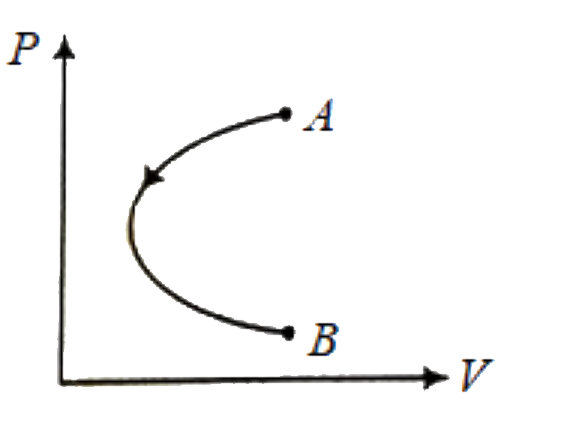 AWork done by gas is positiveBWork done by gas is negativeCTemperature of gas increases continuouslyDProcess is isochoric
AWork done by gas is positiveBWork done by gas is negativeCTemperature of gas increases continuouslyDProcess is isochoric
P - V diagram of an ideal gas is shown. The gas undergoes from initial state A to final state B such that initial and final volumes are same. Select the correct alternative for given process AB.

View Solution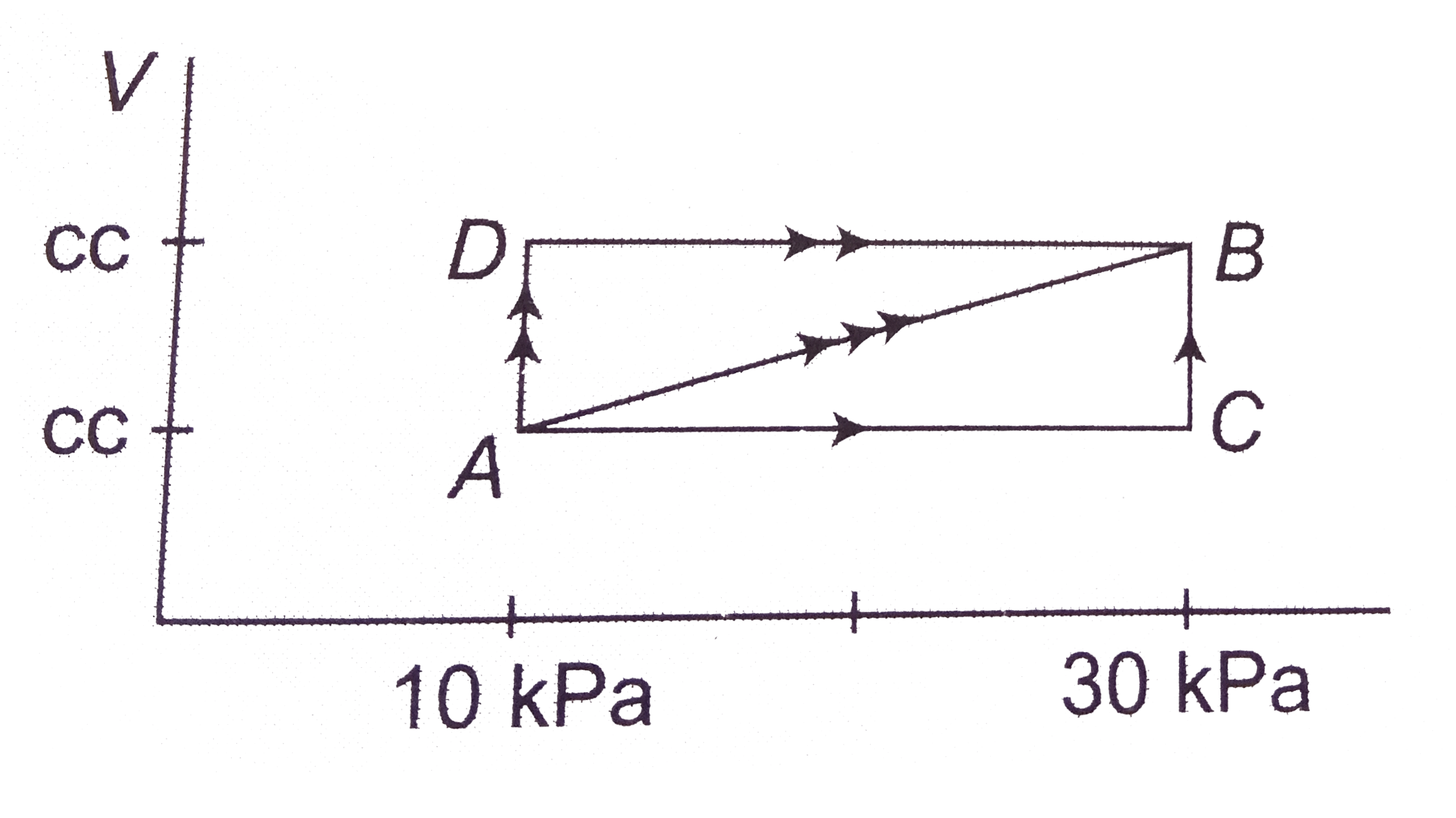
As shown in figure three paths through which a gas can be taken from the state A to the state B. Calculate the work done by the gas in each of the three paths.
View SolutionA system is changed from initial state to final state in such a manner that ΔH=q . If the same change from initial state to final state were made by different path , which of the following statements are correct?
View SolutionAn ideal gas is subjected to two different process in which it is heated to same final temperature from same initial state (A) as shown in diagram, then :
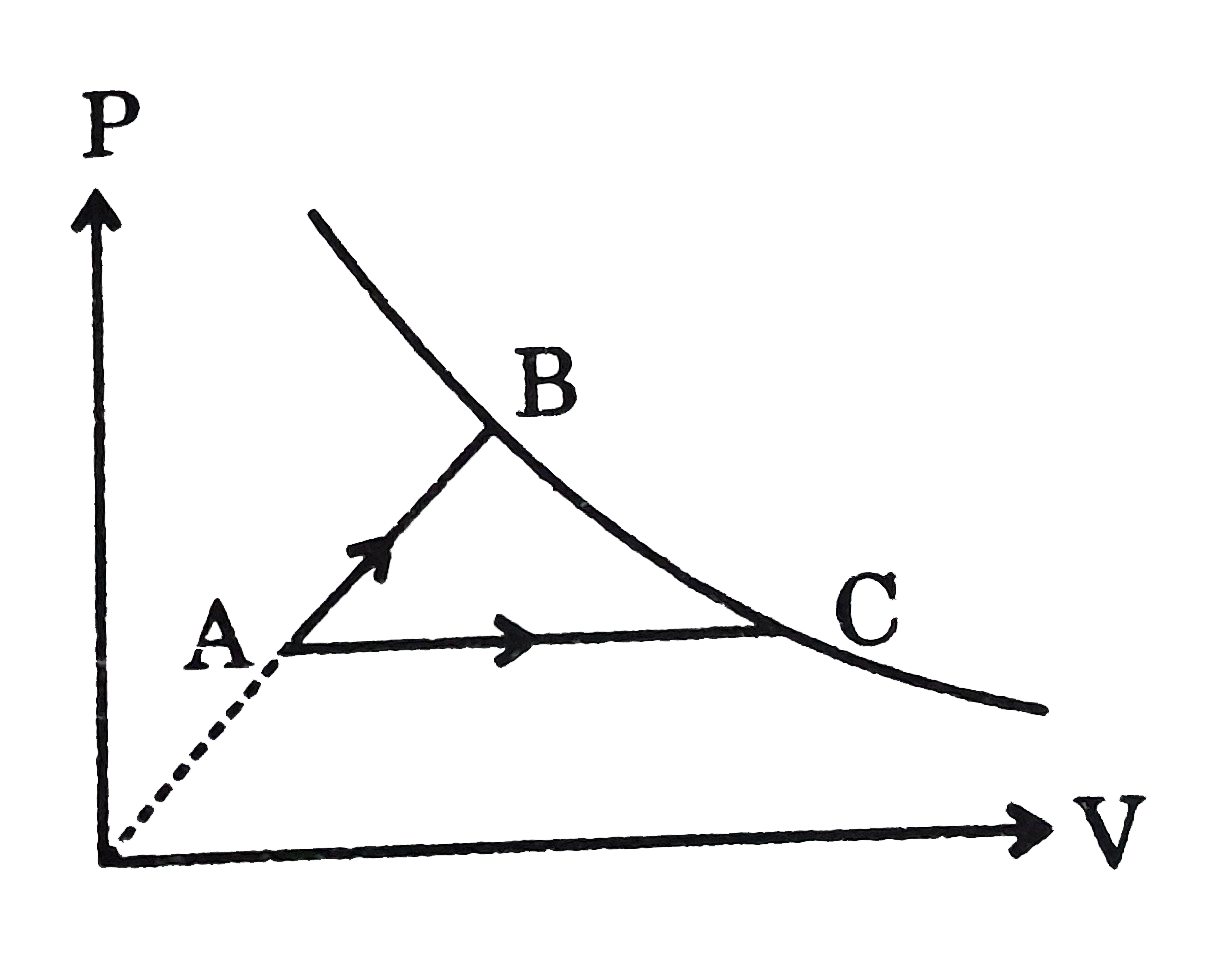
View SolutionAn ideal gas from same initial state participates in two different thermodynamic processes (AC -Reversible, AB-Irreversible) as shown in figure. If the entropy of surroundings remain constant in these processes, then which of the following are correct ?
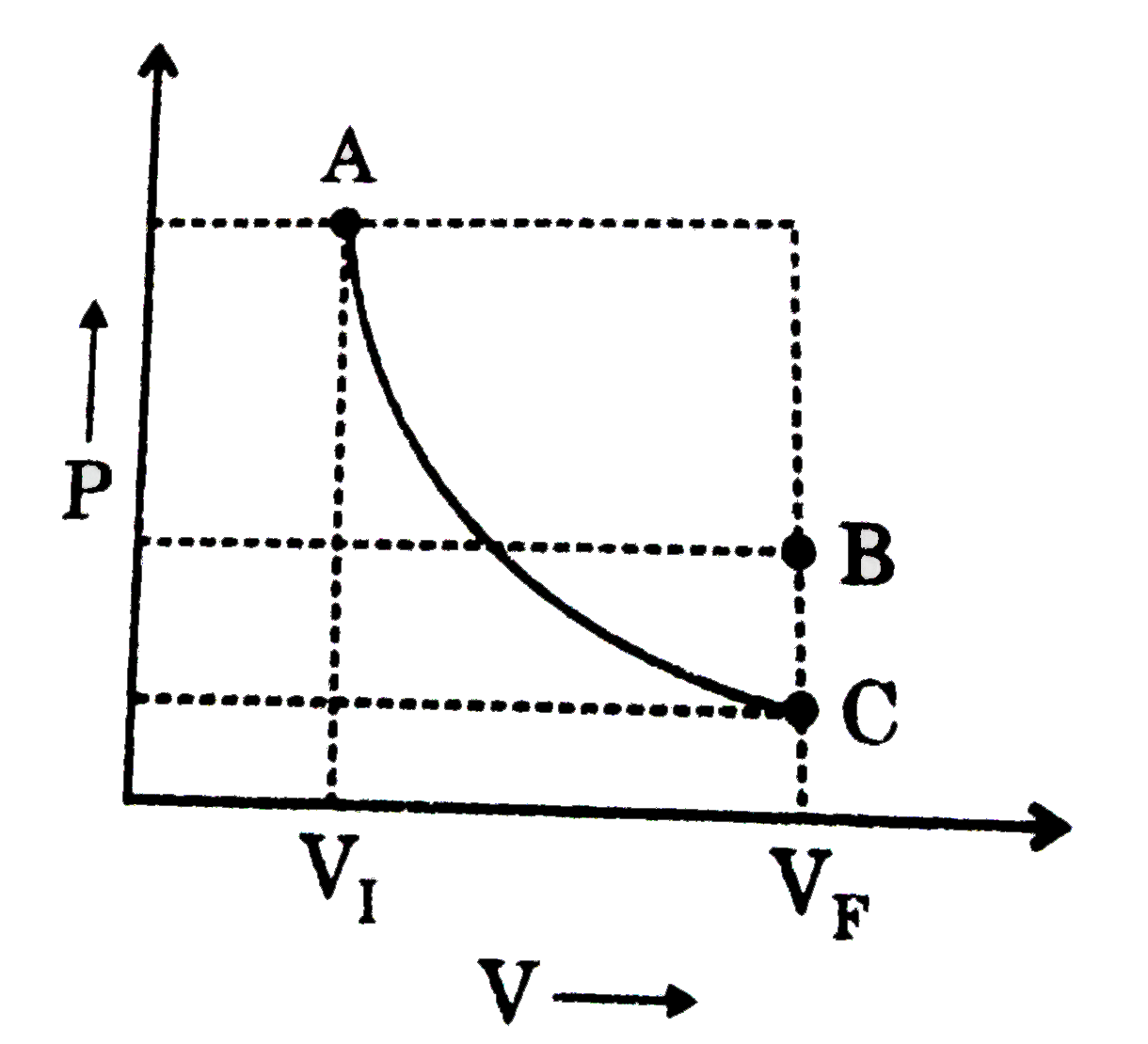
View Solution
